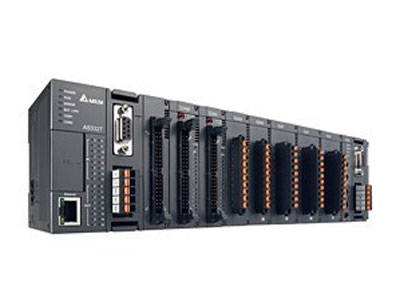What Are The Maintenance Requirements For A PLC System?
Key Takeaway
Maintaining a PLC system involves regular inspections and updates. Check for signs of wear and tear, such as loose connections or damaged components. Replace any faulty parts promptly to avoid system failures. Perform regular software updates to ensure your PLC is running the latest versions, which can improve performance and security. Clean the system to prevent dust and debris from affecting operation. Regularly back up your PLC programs to prevent data loss. These steps help keep your PLC system reliable and efficient.
Importance of PLC Maintenance
Maintaining a PLC system is crucial for ensuring reliable and efficient industrial operations. Regular maintenance helps prevent unexpected failures, reduces downtime, and extends the lifespan of the PLC components. For newly joined engineers, understanding the importance of PLC maintenance can significantly impact the overall performance and productivity of their systems. Well-maintained PLCs operate smoothly, ensuring that production processes are uninterrupted and optimal.

Routine Maintenance Tasks for PLCs
Routine maintenance for PLCs includes:
Cleaning: Regularly remove dust and debris to prevent overheating and failures.
Inspecting Connections: Ensure all connections are secure and free of corrosion to maintain reliability.
Software Updates and Backups: Keep the software updated and regularly back up programs for improved performance and quick recovery.
Diagnostics and Testing: Perform regular checks to identify potential issues early and maintain system efficiency.
These tasks are essential for ensuring the optimal performance and longevity of PLC systems.
Preventive vs. Predictive Maintenance
Preventive maintenance involves scheduled inspections and servicing to prevent problems. This includes tasks like cleaning, lubricating moving parts, and replacing worn components before they fail. The goal is to maintain optimal functionality and avoid unexpected breakdowns.
Predictive maintenance, in contrast, uses real-time data and monitoring tools to predict when a component might fail. By analyzing trends and performance metrics, engineers can anticipate issues and address them proactively, minimizing downtime and improving system reliability.
Both strategies are essential for maintaining PLC systems. Preventive maintenance ensures regular care, while predictive maintenance offers a data-driven approach to identifying potential problems before they occur. Combining these methods helps achieve comprehensive and efficient maintenance for PLC systems.
Common Maintenance Tools and Techniques
Effective PLC maintenance relies on several essential tools and techniques. Diagnostic software and tools, such as oscilloscopes and logic analyzers, help engineers monitor the PLC’s health and identify issues. Thermal imaging cameras detect overheating components, while vibration analysis tools identify mechanical wear and tear.
Proper documentation and adherence to manufacturer guidelines ensure maintenance tasks are performed correctly. Regular training and staying updated with the latest maintenance techniques are crucial for maintaining system reliability and efficiency.
In summary, using diagnostic tools, thermal imaging, vibration analysis, and following proper procedures and training are key to effective PLC maintenance, ensuring system longevity and reliability.
Scheduling and Documentation of Maintenance
Scheduling and documenting maintenance activities are crucial for effective PLC system management. Creating a maintenance schedule based on manufacturer recommendations and operational demands ensures that all components receive regular attention. This proactive approach helps prevent unexpected failures and prolongs the lifespan of PLC components.
Documenting all maintenance tasks, including inspections, repairs, and replacements, is essential for tracking the system’s history and identifying recurring issues. Detailed records provide invaluable information for making informed decisions about future maintenance and upgrades. They also help ensure that maintenance procedures are consistent and thorough, as engineers can refer to past logs to understand what has been done and when.
Maintaining a detailed maintenance log is not just about keeping records; it helps in identifying patterns that might indicate underlying issues, allowing for more precise and effective interventions. Consistent documentation also facilitates better communication among team members, ensuring everyone is aware of the system’s status and maintenance history.
In summary, effective scheduling and meticulous documentation are key to maintaining a reliable and efficient PLC system. These practices help engineers keep the system in optimal condition, prevent unexpected downtimes, and make informed decisions for future maintenance and upgrades.
Conclusion
Keeping a PLC system in top condition requires a combination of regular maintenance, proactive problem-solving, and detailed documentation. By understanding the importance of maintenance, performing routine tasks, and utilizing both preventive and predictive strategies, engineers can ensure their PLC systems operate efficiently and reliably. For newly joined engineers, mastering these maintenance requirements is crucial for ensuring long-term success and optimal performance of industrial automation systems. Consistent care and attention to detail will not only extend the lifespan of the PLC components but also enhance overall system productivity and reliability.
